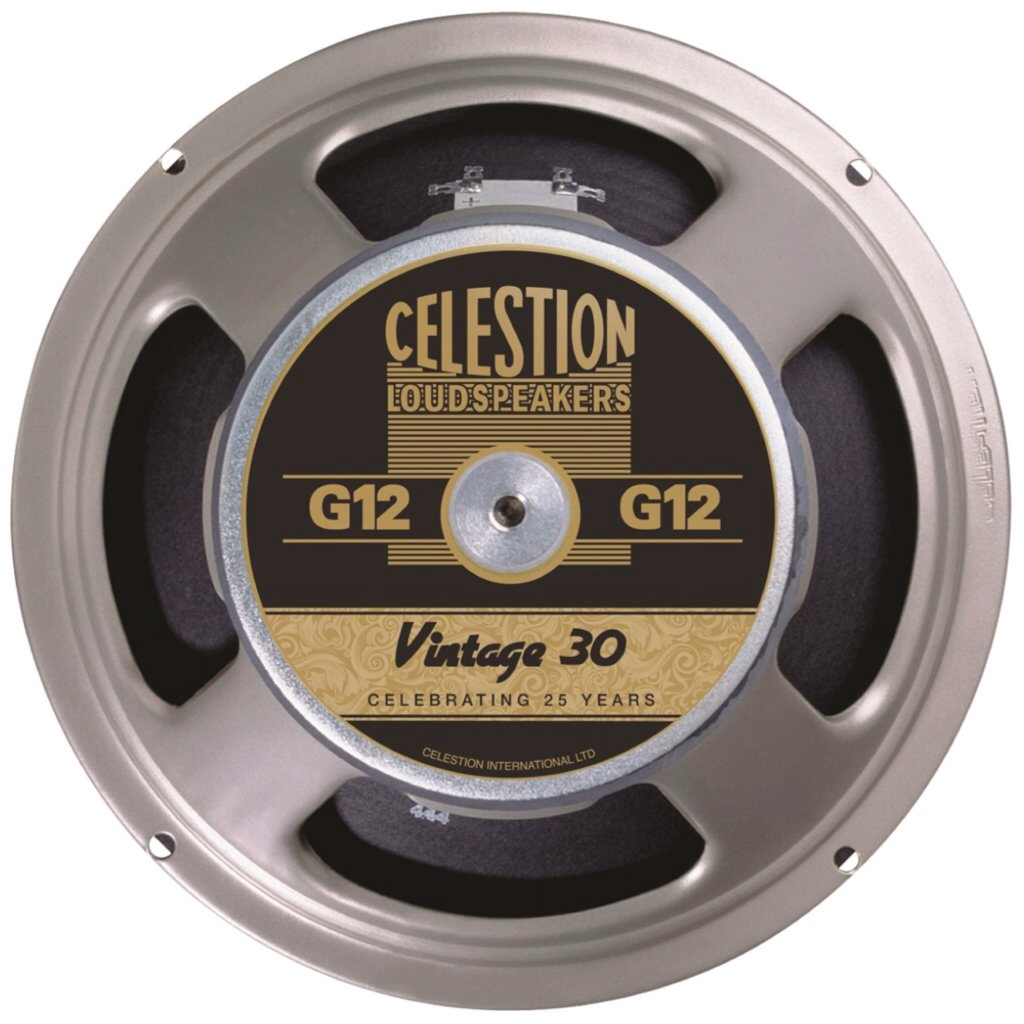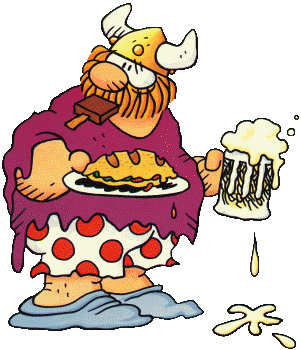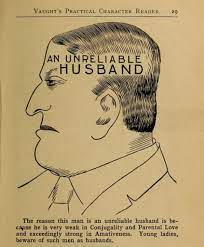
How many death traps are needed
Maybe be careful with that title if you’re around Amerikkkans because our politicians are intentionally optimizing for maximum death traps for the working class 😆
How much space for bicycles?
bike lane or path has a vehicle capacity of about 2,000 bikes per hour per 3 feet of width (this is the low-end of observations). A 6 foot bike lane has the capacity to move 4,000 people per hour
https://www.bikeathens.org/hate-congestion-support-bike-lanes/
So some basic math estimates would be ~46m based on a linear scaling to 100k per hour (50k each direction), but this is based on a low estimate and probably would scale non-linearly. I think something like the bus width is more accurate estimate. The other thing to realize is that bikes are a more fluid form of traffic and therefore benefit from a connected grid of paths to diffuse traffic congestion. So more paths in a network would also scale very efficiently.
Adding this famous comparison photo, bikes are not as dense as a bus, but pretty close.

Nice - bringing some numbers to back up my gut reaction.
Much as I like biking, I’d guess more than the metro at least, though less than the cars - at full capacity, a bicyclist takes up more space and moves slower.
Cycling is more convenient for shorter distance trips, though. Obviously it’s not a question of any one mode of transit being all-around better than the other, but creating a balanced and efficient transportation environment, and ending car dominance.
Absolutely. I frequently bike to busses and trains because it’s further than I want to walk, and while I’ve thought about moving, that’s not an easier solution than biking.
Based on the scaling, there’s about 30m total of roadway and 18m of green space in image three (since the zoning commission appears to champion green space expansion and vertical development!)
So 48 m total, 18m for two trains, 12m for two bus/emergency/delivery vehicles and the remaining 18m for mixed ped spread accordingly on the street (3m e-bike/cargo, 3m recreational, 12m foot.)
Within the 12m foot ped area, one could implement water treatment, food forests, community spaces.
Could even stack or tunnel the trains, and maintain the bus/emergency/delivery vehicle traffic on the ground level, and consider adding high speed regional rail into the mix as well as free up more space.
It’s also important to keep in mind that a lot of design choices made in public transportation under capitalism are all profit seeking driven and not user comfort maximization driven.
When I was younger I expected to see more comfy wagon designs with time, but nah of course they didn’t do any of that, they put as much seats in there as they could and called it a day.
Carbrain is why America will never have arcologies
This graphic makes a good point, which is that trains are much more space efficient at moving people.
One also can’t underestimate the aspects of transportation that are about urban planning and economic (dis)organization. Why are people in their cars, buses, and trains? Usually to move from home to work and back. Where is work? Where is home? How are they connected by the transportation network? These things influence each other and the dominating group in all instances is capital: where you can afford real estate, where you want to live in the first place (schools, utilities, etc), what jobs are available and where.
For example, in the US, car culture and suburbia are inseparable. In terms of urban planning, suburbia is designed to be difficult to enter and exit. Winding streets and cul-de-sacs, it can take 20 minutes to drive to a place 300 feet away. This was sold to (largely white and racist) families and yuppies as a form of safety through isolation from the “urban” (everyone else, particularly black) population. Suburbia’s housing costs and streets were subsidized by the government and everyone else was redlined. In addition to the systemic oppression, which serves capital’s interests of dividing up oppressed classes and making them fight each other, the result is a labyrinth of inefficient, car dependent, and very expensive infrastructure. In contrast, an entire suburb could be replaced by a single high rise or a few medium-sized complexes, which is easier to network with transit by creating a natural hub. And in the reverse, new transit induces land speculators to buy up properties and replace them with larger buildings and higher rents. Even when you add some central planning to the mix (building trains and stations), capital steps in to disrupt the optimistic goals. Under capitalism, new train stations means gentrification, and now the people who lived there must now move to other places they can afford, and now that is, yes, suburbia, where the disconnectivity is correctly perceived as a problem. The poor and marginalized benefit on the margins, like when they can get subsidized housing near transit, while everyone else sees their conditions degrade.
In contrast, consider what could be done when housing itself is more planned, as well as industry. The falsely-labeled ghost cities in China are a good example of this, as they provide ample cheap housing near transit and accounting for actual travel needs, connecting to industrial centers and service jobs and commercial needs for e.g. the elderly. Even though capital still exerts pressure, much of it is ameliorated by the centralized planning of transit and urban planning in concert.
But have you considered that my car goes vroom-vroom and gives me the illusion of freedom?
175m is a lot of car lanes - like 50. So I’m guessing that’s 25 lanes in each direction? If it’s 25 lanes then that’s 2000 one-person cars per hour per lane or like 1 car every two seconds per lane. That feels reasonable if there are no lights.
35m is still a lot of lanes, like 10 - so 5 lanes each way and 10 000 people per lane per hour each way or 167 people per lane per minute. A typical bus holds - that’s roughly two busses per minute? Feels a little low but I guess busses also need to stop to pick up and drop off passengers.
9m is still pretty wide, I’m guessing despite the diagram that that’s for two trains in opposing directions? My metro holds 500 people per train, so 100 trains in an hour or roughly 2 per minute. Feels a little high but you could add more cars and get to one train a minute I guess which a track could at least definitely bear if no trains ever stopped.
Damn, I don’t think the math for my pogo stick public transportation network works out. Or at least we’ll need one hell of a wide road.
9 meter wide tram

I love the idea of public transportation but I also like listening to music (could just use AirPods), transporting groceries and stuff, being isolated from strangers for a while, and being on my own schedule. At least until showing up to work/other appointments a couple minutes late isn’t a capital offense… But yeah, definitely for reducing cars as long as we can address the problems they still solve.








